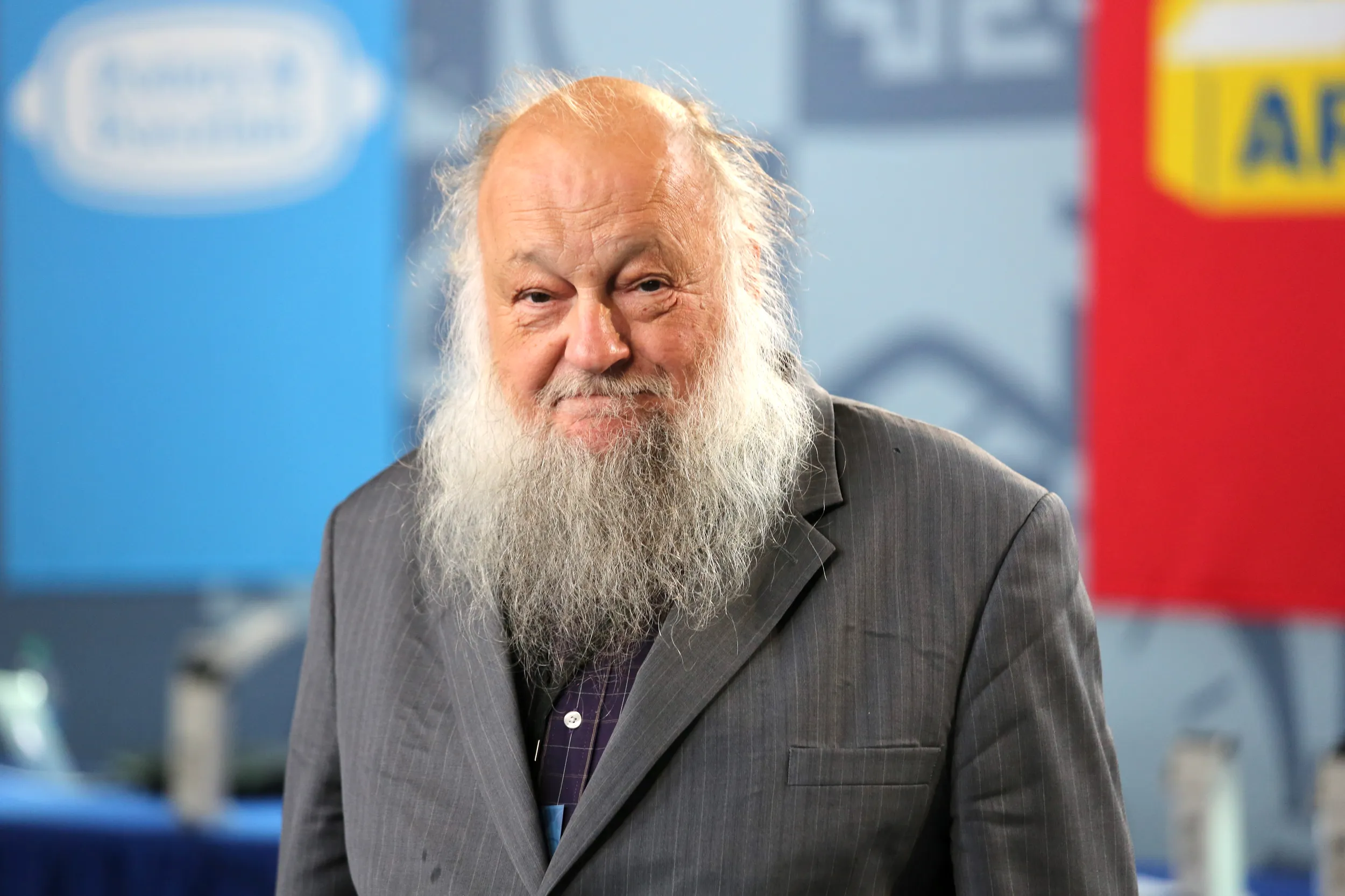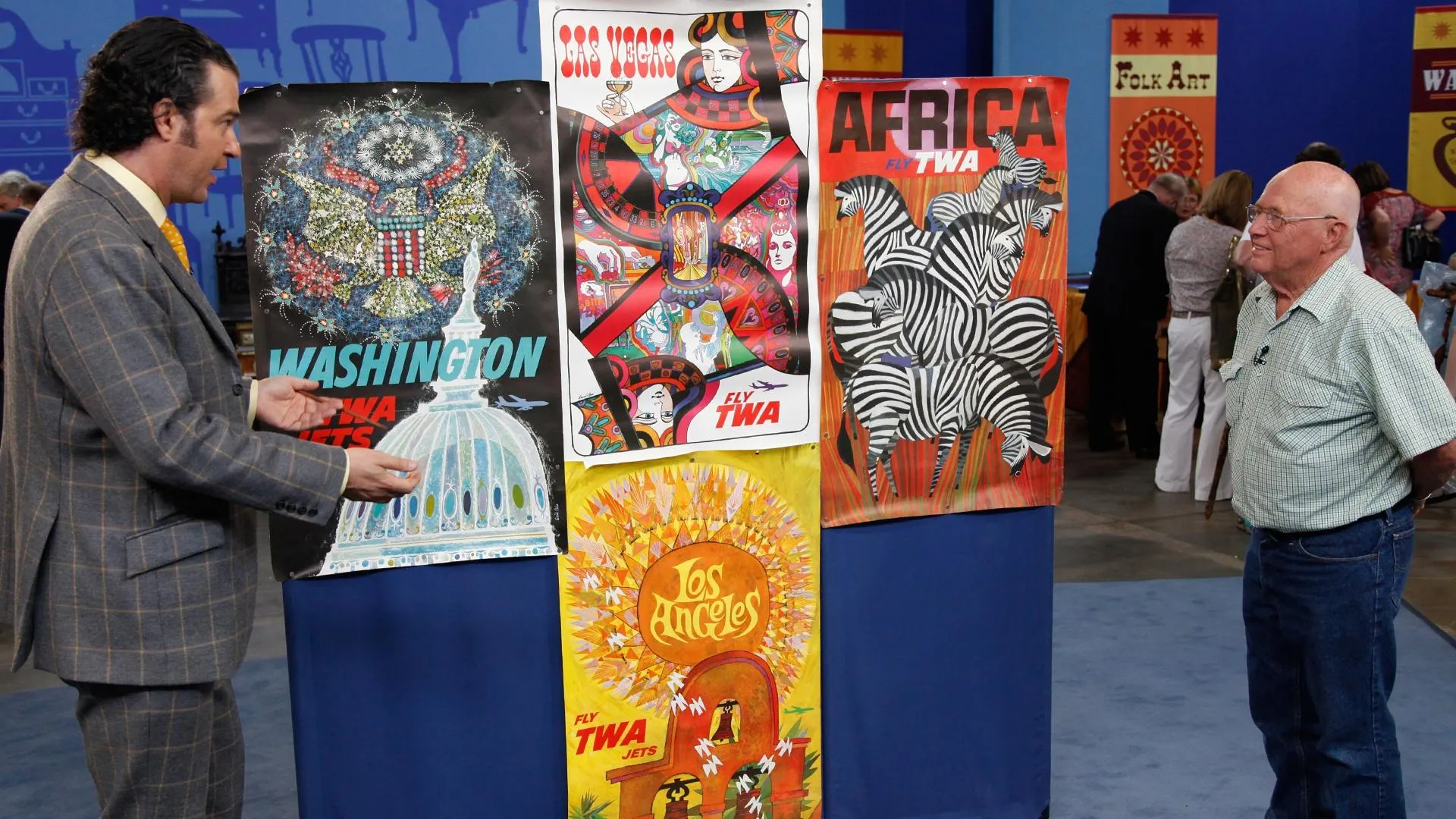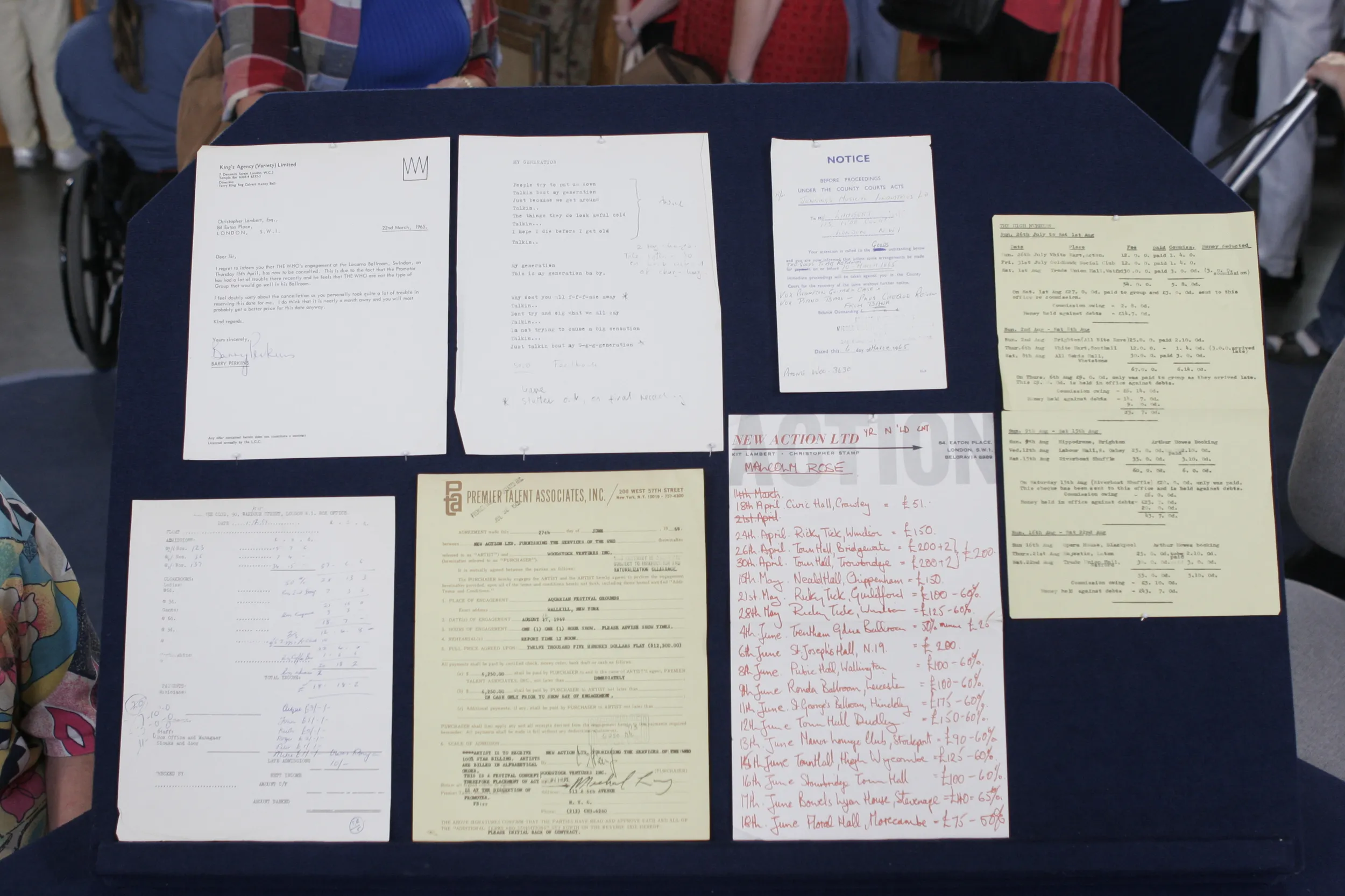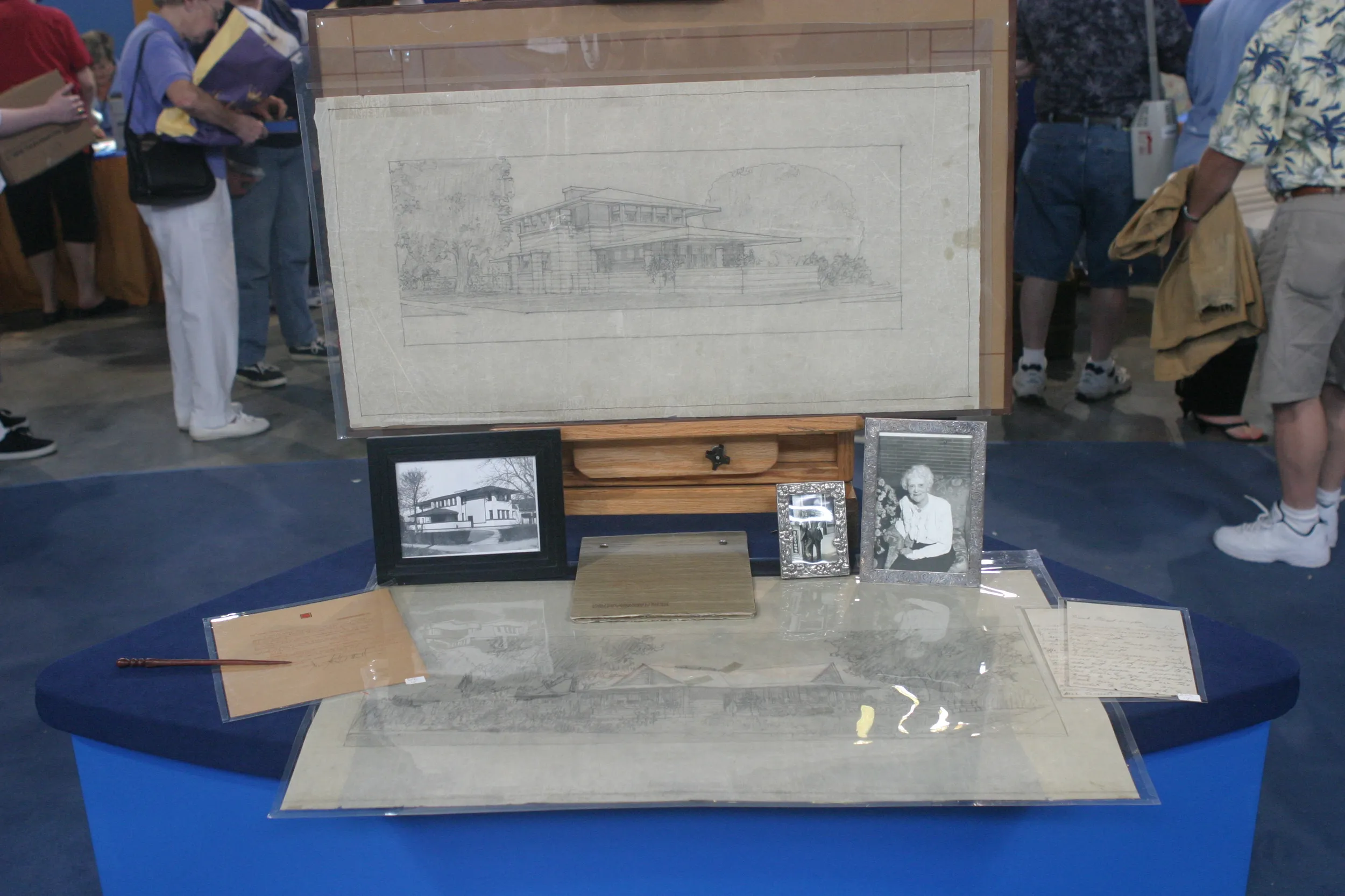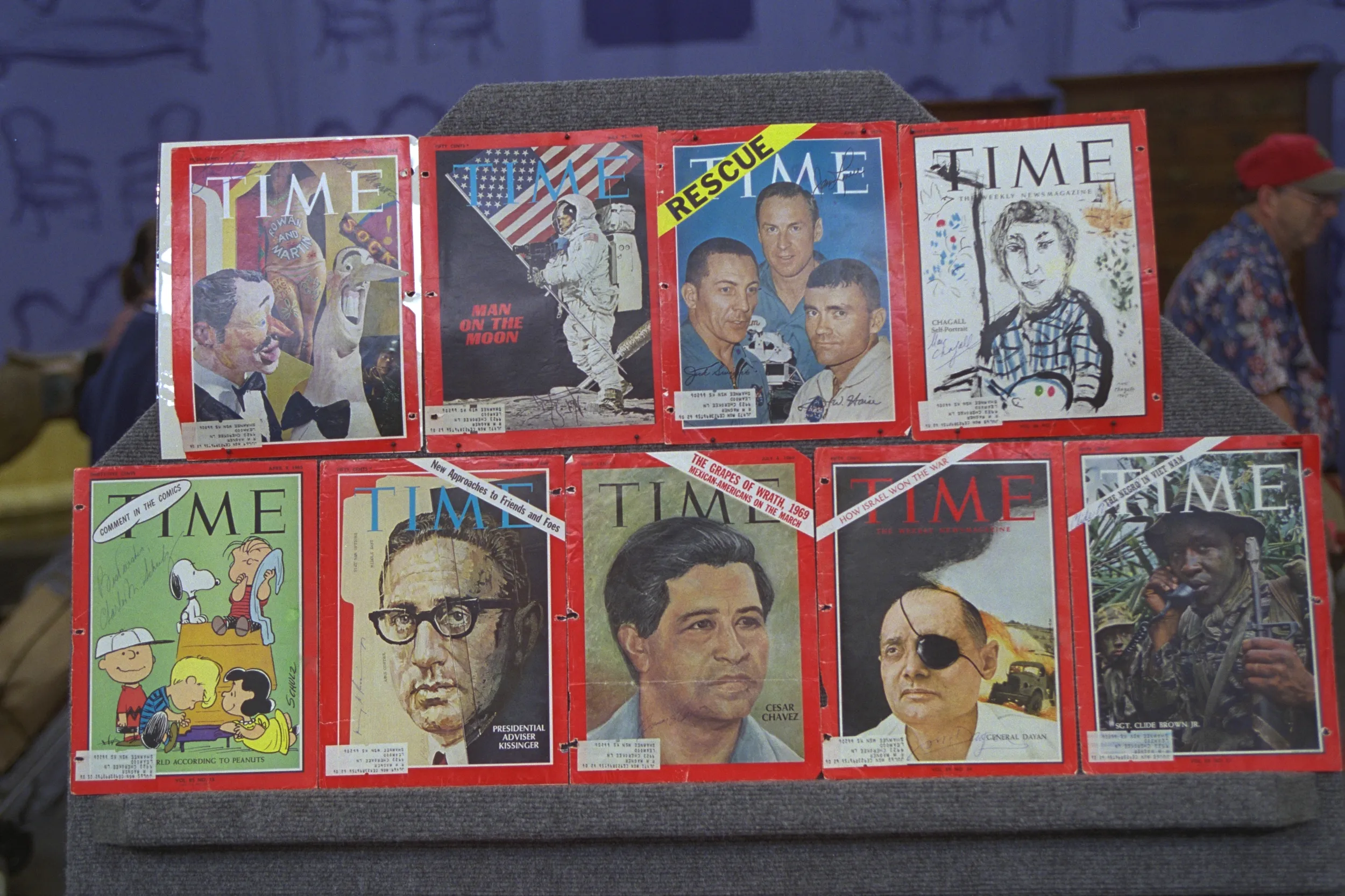GUEST: The photograph was signed by Gutzon Borglum, who, of course, carved Mount Rushmore. And it was signed to my grandfather, James McGregor, who, at the time, was an Indian superintendent at the Pine Ridge Reservation. And so it was handed down to me. Then my brother found a letter. It was in relationship to a buffalo herd that my grandfather was hoping to have...help the Lakota people start. And I believe it was supposed to be down by Kyle or Allen, one of those two locations.
APPRAISER: The subject of the letter, in fact, concerns...At the time, of course, we'd exterminated the bisons from the great American prairie in the late 19th century. And your grandfather and the famed sculptor apparently were in on the reintroduction of the bison to the Great Plains. And the content of the letter deals with that.
GUEST: Right.
APPRAISER: Let's back up a minute and just talk about your grandfather as an author. His most famous work is this little booklet here on the Wounded Knee Massacre that to this day is still in print.
GUEST: I believe it was published in, like, 1940, the first edition. And apparently, what grandfather James had done was to interview the survivors of the Wounded Knee Massacre so that their story could be told.
APPRAISER: It certainly was one of the first and original books published on a first-person account of survivors of that very notorious massacre. And that led to a life-long interest of your grandfather's in Native American cultures. And led him to the famous Mr. Borglum, the sculptor. And that gets us back to this photograph. The photograph is inscribed to your grandfather from Gutzon Borglum when the great faces were still under construction. They've got the workman shacks all over the heads, which, other than Washington, are largely undone. But there's one curiosity that I couldn't help but notice about this photograph. There's a face to the left of George Washington here. But there's no face to the left of George Washington on the monument today. The face to the left of George Washington is, in fact, Thomas Jefferson. But Mr. Jefferson to the left of Washington doesn't exist on the monument today. The story I've learned is that because as they got it partially carved like that, they discovered that there was such flaws in the rock on his face that they were not going to be able to complete it. So they abandoned it, and went to the other side of it. I love the story. I love the fact that it's your family history and associated with the famous monument here. Do you have any idea of the value of it?
GUEST: None whatsoever.
APPRAISER: I'd say at retail value, probably the archive is maybe worth $1,000 to $1,200.
GUEST: Cool. Very cool. Thank you.
